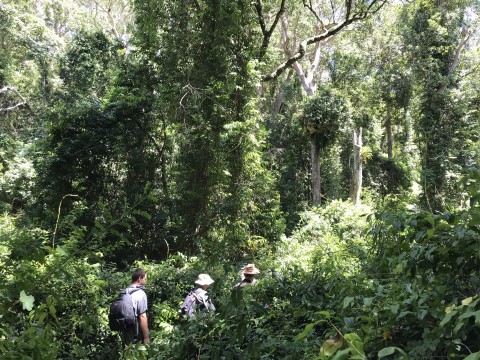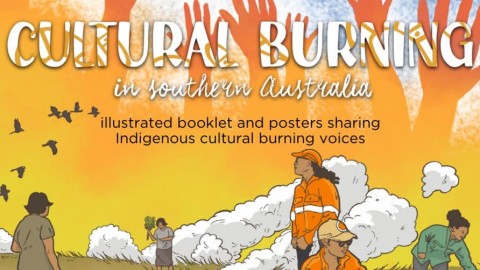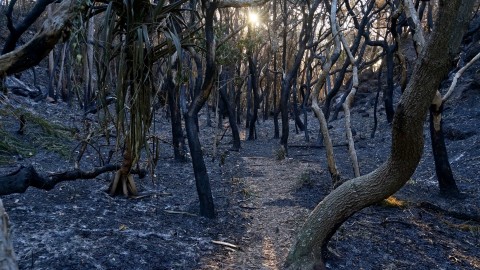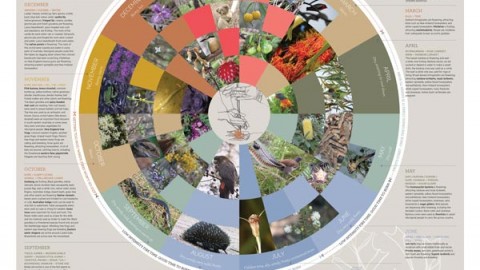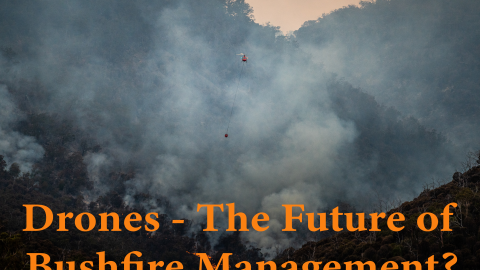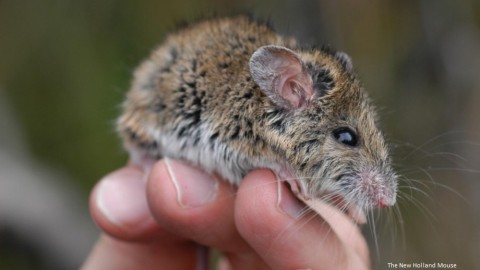The Project
In November 2018, the Nature Conservation Council in partnership with the Coffs Harbour and District Local Aboriginal Land Council hosted a workshop ‘Wildlife Habitat – Protect, Create, Monitor’ on Gumbaynggirr country at Mylestom, on the NSW North Coast. The aim was to train land managers to identify, track and monitor wildlife to support effective management practices.
Funding from the James N Kirby Foundation and the Nature Conservation Council provided the resources to engage with a broad range of land managers and Aboriginal groups on the NSW North Coast, and to build skills and facilitate on-ground activities to protect threatened species and habitat features on the land where they work.
The project aimed to:
- Improve community understanding of our globally significant biodiversity.
- Plan and deliver a workshop to deliver on-ground skills of on-ground fauna identification skills and how to use trapping equipment including remote cameras.
- Develop knowledge and practical skills of the importance of hollows and other habitat features and how to protect them, including from bushfire risk and management activities.
- Work with the Coffs Harbour and District Local Aboriginal Land Council and Darrunda Wajaarr Bush Regeneration group to design and implement a fauna habitat monitoring program to guide better wildlife management.
Working Together
The workshop drew together a total of 27 participants, including members from: Coffs Harbour and District Local Aboriginal Land Council, Darrunda Wajaarr Bush Regeneration group, NSW Rural Fire Service, National Parks and Wildlife Service, Office of Environment and Heritage, Northern Rivers Fire and Biodiversity Consortium, bush regeneration organisations, local councils, local community members and land managers.
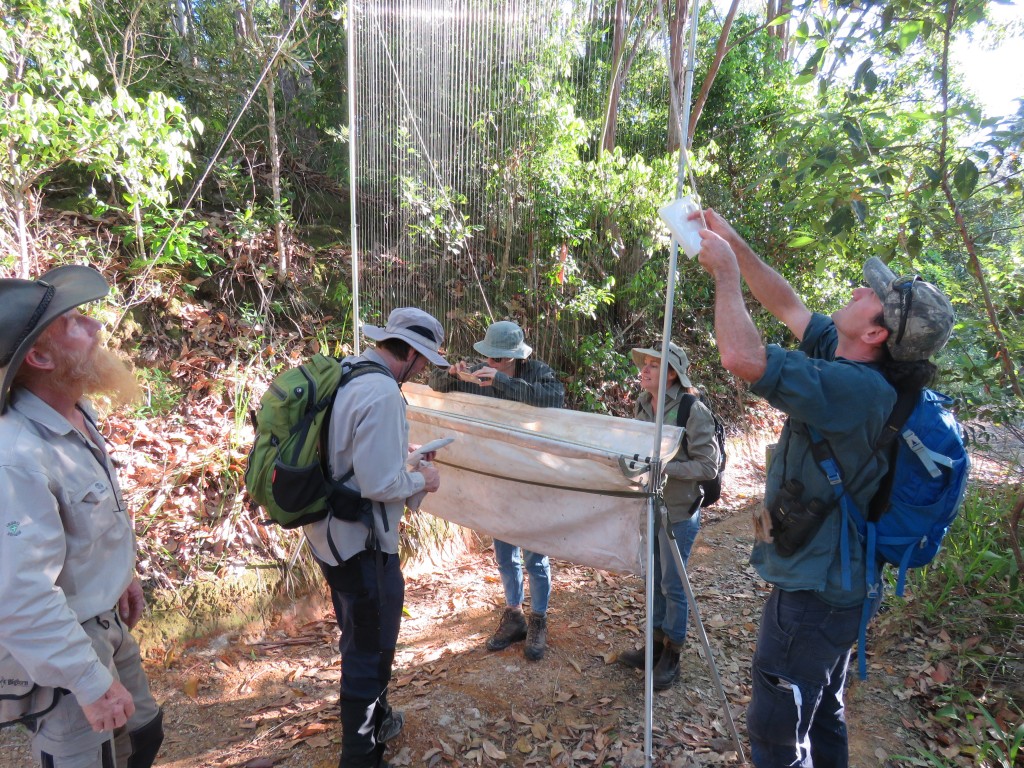
The Workshop Day
The workshop ran from the 27th– 30th of November with three days of fauna surveys followed by a training workshop.
Activities included:
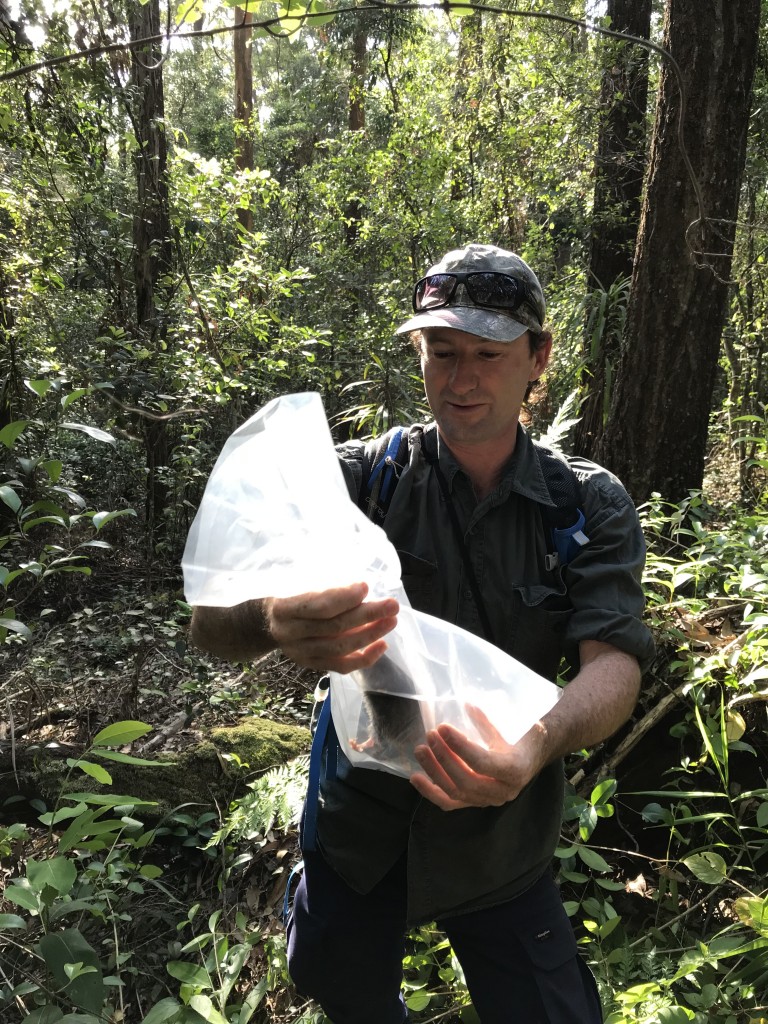
fawn-footed melomys
- Fauna surveys including Elliott, harp, pitfall and camera traps
- Demonstrations of fauna monitoring techniques such as spotlighting and call play backs for nocturnal species
- Identification of flora, fauna and habitat
- Exploration of Country including unforeseen identification of cultural sites and features
- Group discussions and knowledge sharing about the best ways to achieve conservation outcomes using monitoring techniques
During the training workshop day, Uncle Mark Flanders, a traditional owner and elder and from the Coffs Harbour Aboriginal Land Council, gave a welcome to country whilst a pair of tawny frogmouths watched from a tree above. He explained his deep connection to country and how to identify objects and sites of cultural significance. Uncle Mark also provided cultural objects for participants to view and shared his knowledge when questions arose throughout the day.
Mark Graham, NCC ecologist, then set the scene for the program by introducing the Gumbaynggirr site. He outlined the ecological context of the area in the surrounding landscape and the exceptional cultural and biodiversity values of the country, highlighting the multiple threatened species dependent on these reserves. Mark presented the preliminary survey results from the efforts leading up to the workshop day, including a summary of species and photos recorded during the monitoring surveys.
NCC ecologist Kevin Taylor continued with an explanation of the biodiversity of the site by showcasing a selection of mammal species that were common in the survey area and allowed participants to view these normally cryptic species up close. This included species like the fawn-footed melomys (Melomys cervinipes) and the common bush rat (Rattus fuscipes).

Presentations were followed by an interactive discussion of different monitoring techniques, and sharing of ideas on how to manage for better conservation outcomes, including use of fire on country, and provided opportunities for people to learn from each other.
The afternoon session was conducted on country and enabled participants to learn more about fauna monitoring and cultural values by visiting sites in the field. Mark and Kevin led open discussions covering the steps and processes required to conduct fauna surveys, how to choose what species to monitor and the associated technique to use. They also covered the consideration of habitat values at each location, and how to introduce appropriate fire back onto the land. The group shared their own knowledge and experience, and identified solutions for better land management outcomes.
“Everyone was fantastic, a very enjoyable and informative week.”
– workshop participant
Results
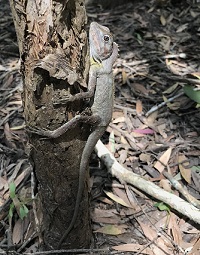
The survey effort across 4 nights involving 400 trap nights for small mammals and 16 trap nights for microbats, resulted in a total of 93 fauna species. This included a total of 69 bird species, 5 small ground-dwelling mammals, 6 microbats, 6 reptiles and 7 frogs. Nine of these fauna species are listed as Threatened Species in NSW under the Biodiversity Conservation Act 2016.
The overall format of the day provided opportunities for participants to share experiences, raise questions and consider management challenges relevant to their roles.
Participants were overall very happy with the workshop with 100% of participants reporting (strongly agree or agree) that the discussions were useful to their role, work or interests, and that the workshop series had increased their understanding of fauna survey methodologies and monitoring techniques.
“Very well coordinated and delivered by knowledgeable, passionate and enthusiastic presenters”
– workshop participant

